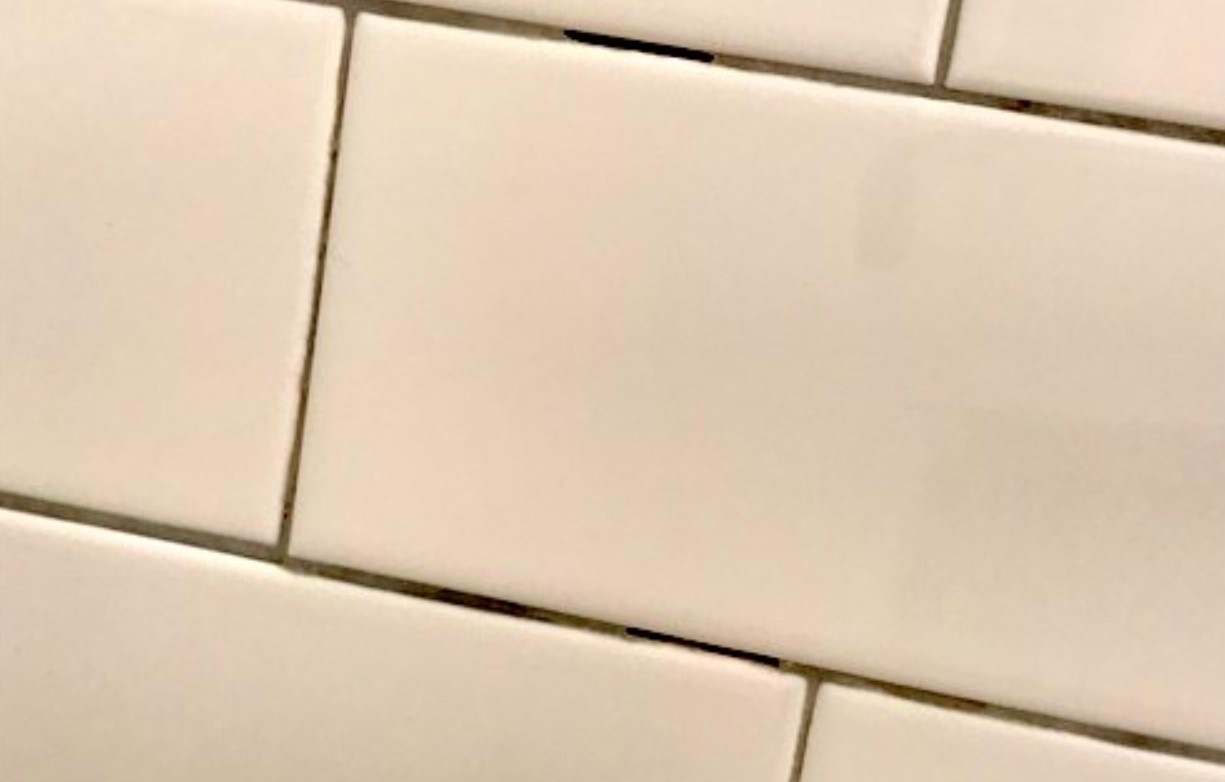What Is the Difference Between Sanded and Un-Sanded Grout?
Grout is not only essential for holding tiles in place. It also improves the aesthetic appearance of your tiles. However, use the wrong type of grout, and you will be replacing tiles left, right, and center in no time. Picking the suitable grout for your tiles is as essential as the type of tiles you use.
Grout is the binding agent that holds tiles together and prevents moisture from leeching beneath the tile, causing them to become dislodged. So which type of grout should you use when tiling your bathroom or kitchen?
This is depended on the type of tile as wells as the area usage. But first, lets us learn why each type of grout is best for specific applications.
Difference between sanded and unsanded grout
The main difference between the sanded and unsanded grout is pretty much in the name – sand. Sanded grout has sand in it, while unsanded grout does not contain sand. (No someone didn’t use a sander on it)
Unsanded grout contains cement, water, and color pigments; sanded grout has cement, sand, coloring, and water.
There are also sanded and unsanded epoxy grouts.
Epoxy grout is typically made from resin and hardeners. Sanded epoxy grout also contains sanded while the unsanded one does not have sand. Epoxy-based grout is generally used for applications where tiles will be exposed to harsh chemicals such as acid.
Applications for sanded grout
Sanded grout is resistant to shrinking as it tends to be thick inconsistency. It is best used for floor and wall tile joints that are thick. Ideally, anything over 1/8 of an inch should be grouted using a sanded grout. For extremely wide joints, use heavily sanded grout.
You should be able to find different sanded grout consistencies for different joint widths at any local hardware or flooring store. Lastly, you can use sanded grout in smaller joints. But you may end up with pinholes, and the grout is increasingly challenging to use on limited spacing.
Applications for unsanded grout
Unsanded grout is best used for narrow joints that are less than 1/8-inch-wide. It is mainly used for grouting ceramic wall tiles. It tends to cling well to vertical surfaces, and its smooth texture makes it ideal for use in tiles that are easily scratched, such as marble, glass, and metal tiles.
It is not advisable to use unsanded grout on foot tiles as it will crack when stepped on, causing your tiles to dislodge.
Pros and cons of sanded and unsanded grout
| Sanded grout | Unsanded grout | |
| Pros | DurableCheaperEasy to use on wider joints more color options | Best for fragile tiles sealing is not required easy to use on vertical surfaces |
| Cons | Damages smooth surfaces Difficult to use in thin seams must be sealed | ExpensiveFewer color options lamps when used on wide seams |
Frequently Asked Questions
Can you add sand to unsanded grout?
No. The sand grains in sanded grout are much smaller than most commercial sold sand grains. Additionally, you may get the consistency wrong and end up messing with your grout, which is relatively expensive. Sanded grout is relatively cheap. You would be better off buying it than buying sand and unsanded grout.
Can you mix sanded and unsanded grout?
Yes, you can. This will help to create a hybrid grout with the combined benefits of each type of grout. Chief among them increased strength and durability and improved spread. However, it may take a few tries to get the consistency right. Mixing grout is better left to the professionals as they are more experienced.
Sanded or unsanded grout for kitchen backsplash
Unsanded grout is the standard option for vertical tile grouting. However, the best choice for a kitchen backsplash is epoxy grout. It does not require sealing which makes it convenient. It is also resistant to stains and chemicals.
Additionally, it is more resistant to moisture as compared to cement-based grout. Now, as to whether you should use sanded or unsanded epoxy grout, this is depended on the joint width and the type of tile used.
What type of grout should be used in a shower?
For the shower walls, use unsanded grout and sanded grout for your shower floors. If you are tiling your shower floors with marble, porcelain, or stone tiles, use epoxy grout. It is water-resistant and acts as a sealing adhesive. It is also stain-resistant.
Can sanded grout scratch ceramic tile?
It depends on the material used to make the ceramic tiles. The sanded grout will not scratch most ceramic tiles. Always follow tile instructions when grouting to avoid the risk of scratching the tiles.


